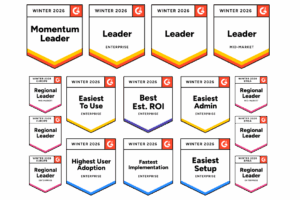Trintech Workspace
Brochure
Share
Get the Brochure
A Unified, Secure Gateway to Your Reconciliation and Financial Close Applications
Discover how Trintech Workspace™ simplifies access, strengthens security, and brings your reconciliation and financial close solutions together in one unified, cloud-based portal. With features like expanded SSO, centralized user and license management, and enterprise-grade security, Workspace helps finance teams reduce friction, improve governance, and work more efficiently.
Download the brochure to see how Trintech Workspace delivers a smarter, more connected experience from start to close.


